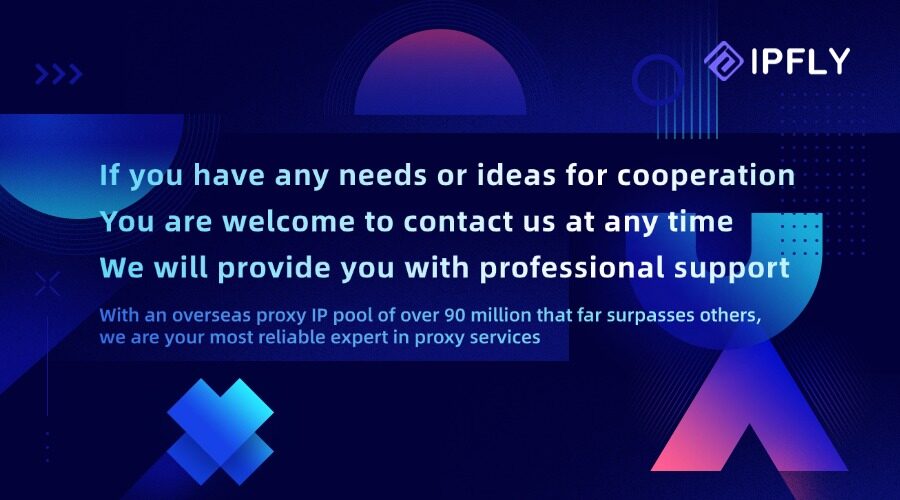While your business may run on the clean, organized information in your CRM or sales database, the most valuable insights are often hidden in plain sight, in a messy and untamed format. This is unstructured data. This guide will demystify this critical concept, explain why it’s a goldmine of business intelligence, and outline how professionals collect it to gain a competitive edge.

Structured vs. Unstructured Data: A Clear Analogy
To understand unstructured data, it’s best to compare it to its well-organized counterpart.
Structured Data is like a vending machine.
Everything is in a predefined, organized model. You know exactly which slot (column) holds which item (data point), and you can easily retrieve it. Examples include an Excel spreadsheet, a SQL database, or a customer relationship management (CRM) entry.
Unstructured Data is like a giant, overflowing treasure chest.
It’s filled with priceless gems (insights), but they are mixed in with everything else in no particular order. The information is all there, but it has no predefined structure. You have to dig through it and use special tools to make sense of it.
The World of Unstructured Data: Common Examples
You interact with unstructured data every single day. The most common forms include:
Text Data:
This is the largest category and includes customer emails, social media posts (Tweets, Facebook updates), product reviews, support chat logs, news articles, and legal documents.
Rich Media:
Images shared on Instagram, videos on YouTube and TikTok, and audio recordings from podcasts or customer support calls.
Machine-Generated Data:
Log files from web servers, data from Internet of Things (IoT) sensors, and satellite imagery.
The Value Proposition: Why Bother with the “Messy” Data?
Structured data can tell you what happened (e.g., “sales dropped by 10%”). Unstructured data tells you why it happened (e.g., thousands of negative customer reviews mentioning a “buggy new update”). It contains the rich context, human emotion, and nuanced opinions that are essential for making truly smart business decisions.
The 3-Step Process for Unlocking Its Value
Turning unstructured chaos into clear insight follows a three-step process:
1.Data Collection:
Gathering the raw unstructured data from its source (e.g., websites, social media platforms, internal documents).
2.Data Storage & Processing:
Storing the vast amount of data (often in a “data lake”) and using advanced technologies to process it. For text, this involves Natural Language Processing (NLP); for images, it’s computer vision.
3.Analysis & Insight:
Using the processed information to identify trends, patterns, and actionable business intelligence.
The Foundation: How to Collect Unstructured Data from the Web
The first step—data collection—is the most critical. The richest sources of unstructured data about your customers and competitors are on the public web. The professional method for gathering this data at scale is web scraping.
However, websites actively try to block the automated bots used for scraping. This is where a robust proxy network becomes the foundational technology for any serious data collection project.
A Professional Workflow Example:
Imagine a data science team at an automotive company wants to understand public sentiment about electric vehicles. They need to collect a massive dataset of half a million public comments from car forums, Reddit, and news article comment sections.

To execute this large-scale data collection, they would build a web scraper and run it through IPFLY’s residential proxy network. By rotating through millions of real, residential IP addresses from IPFLY, their scraper can operate 24/7, gathering the vast amount of unstructured text data they need without being detected or blocked. This raw data, collected reliably thanks to the proxy network, is the essential fuel for their entire AI and sentiment analysis project.

While structured data is easier to manage, the future of business intelligence lies in the ability to analyze unstructured data. It provides an unparalleled, direct line to the true voice of the customer and the market. The journey from chaotic information to game-changing insight begins with a robust data collection strategy. For any project that leverages the vast resources of the web, that strategy is built on the power, scale, and reliability of essential technologies like the residential proxy networks provided by IPFLY.


